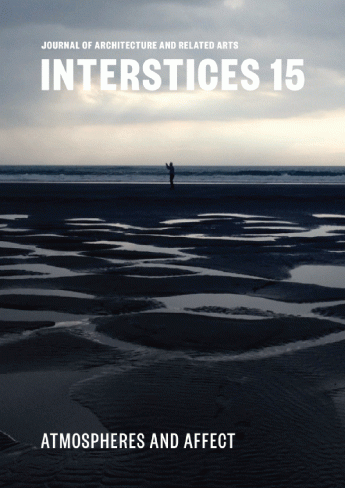Inorganic Collections: Atmospheric distributions of the sensible and regimes of public space
Abstract
Inorganic collections, kerbside collections of inorganic waste that cannot be recycled or disposed of by the regular means, are held in most parts of Auckland twice yearly. In practice, proscribed items are abundant, piles reach gargantuan proportions, and footpaths are disrupted. Salvaging from these piles is common, and accounts for the fondness many Aucklanders feel towards these collections. As of July 1, 2015 they will cease, to be replaced by “community recycling hubs” and booked waste collections. Soon be part of the history of Auckland’s urban culture, inorganic collections are also a significant moment for discerning the configuration of its public space. I employ inorganic collections as a probe for mapping the regime of public space at work in Auckland’s suburban streets.
Baron von Haussmann’s Paris serves as a model for the administrative rationalisation of cities, according to which streets cease to be civic spaces, and become conduits for bundled technical systems. The production of atmosphere as phantasmagoria or spectacle is essential as part of the policing of a regime in which everything has its place and its proper conduits. Atmospheres are seen as technostructures for subjects. The handling of urban waste is symptomatic of this atmotechnics, seamlessly and invisibly whisking away waste away. The public space of the administratively rationalised city relies on the careful construction and laborious physical and symbolic maintenance of an interior and an exterior; a finite ‘here’ of desirable or useful things moving in orderly synchronicity, and an infinite ‘away’ which absorbs and isolates us from the undesirable or redundant which cannot be made to move in sync. Waste passes across the horizon between these two spaces, through a porous and sometimes leaky membrane that purports to selectively permit and prevent affects from passing between here and away.
In the administratively rationalised city, waste is siphoned away from public space, no longer permitted to perform in the relation between me and my neighbour. Inorganic collections, however, undermine or overflow this waste regime. Momentarily, when the inorganic collection takes place, the policed order of the street is disrupted. For a short time waste is not a private matter handled invisibly between myself and the city; but something that activates relationships (disputes, perhaps, but also potentially exchanges or discoveries of things in common or intriguing differences) with my neighbours.


